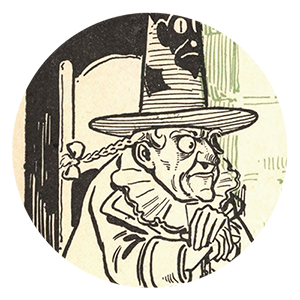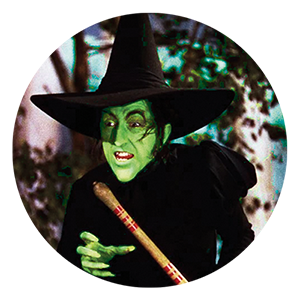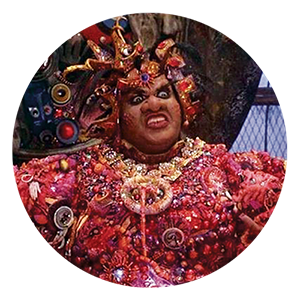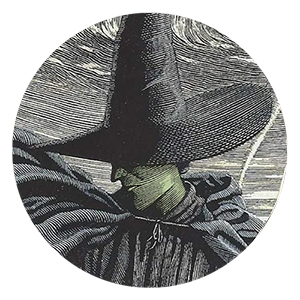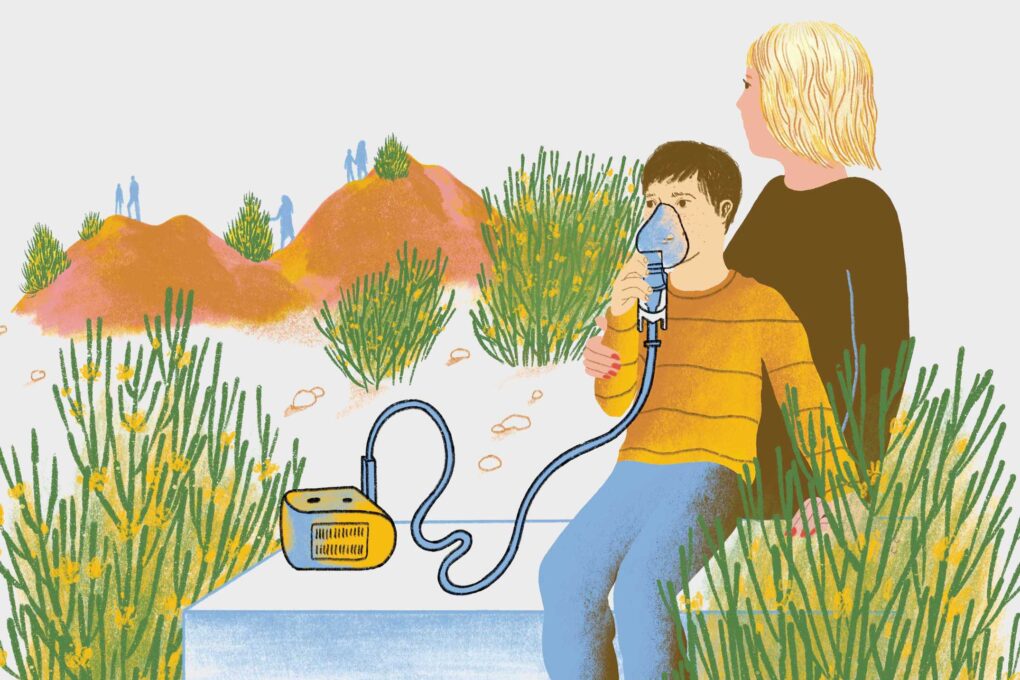
IIt’s not easy being green. This catchy lyric is as true for Kermit the Frog as it was for Margaret Hamilton, the actor who played the Wicked Witch of the West in the 1939 film The Wizard of Oz.
“It was a copper paste that they put on her skin to get that strong green color, and too much copper is toxic to our bodies — it’s incredibly dangerous,” says Ailea Merriam-Pigg, a graduate student studying communication arts. “The Wizard of Oz was not a safe set to be on, and the makeup was a major aspect of that.”
While Merriam-Pigg is currently conducting dissertation research on identity and play in digital spaces, some of her earliest academic work focused on the journey of the Wicked Witch from minor antagonist to full-fledged hero. She even co-authored a chapter on this topic in the book I Want to Do Bad Things: Modern Interpretations of Evil. And with the popularity of the 2024 Wicked film starring Cynthia Erivo as Elphaba, her expertise is coming in handy. Outlets like National Public Radio have been reaching out to learn more about the film and the literature that inspired it.
The question of why a film studio would decide to paint an actor with copper becomes a lot more puzzling when you understand one thing: They didn’t have to. In the original Wonderful Wizard of Oz novel by L. Frank Baum, green skin wasn’t part of her character design.
“In Baum’s work, he never calls her green, he actually doesn’t describe her skin at all,” says Merriam-Pigg. “She is often described by him as an old lady with kind of a hag appearance. If you look at the illustrations from his first illustrator, that’s how he portrayed her along with three braided pigtails on her head.”
She wasn’t even a main character in the story, but more of a small villain featured in just a couple of scenes. But there was one notable quality that has been lost over time — she was missing one eye.
If we’re talking about why the Wicked Witch is green, we get into the technical things of early color film, marketing and creating a cinematic experience. If we’re talking about why Elphaba is green, we’re talking more about the experience of being marginalized.
“She was an ableist portrayal of disability,” says Merriam-Pigg. “Baum says that her eye was as good as a telescope and allowed her to keep an eye on the kingdom. This is a depiction of a ‘supercrip,’ which is when someone’s disability gives them superhuman powers. So, the Wicked Witch has always been a representation of a marginalized identity from the start.”
Baum’s original characterizations from the 1900 book were maintained for decades, even in the Broadway production that premiered three years later. But nearly everything about the Wicked Witch changed in the 1939 motion picture, which became especially popular because in the age of black-and-white films, it was set in bright technicolor. The writing and production team wanted the colors to stand out, so they made some editorial changes. Chiefly, Dorothy’s silver slippers were brought to the big screen in ruby red, and the Wicked Witch of the West had a green look that would launch a new chapter for the character.
Unlike The Wiz, which is a separate reimag-ining of The Wizard of Oz for an all-Black cast in 1970s New York City, Wicked is meant to be canonical. It’s an origin story for the Wicked Witch of the West. She had a family, a dream and a name.
“If we’re talking about why the Wicked Witch is green, we get into the technical things of early color film, marketing and creating a cinematic experience,” Merriam-Pigg says. “If we’re talking about why Elphaba is green, we’re talking more about the experience of being marginalized.”
In the 1995 book Wicked: The Life and Times of the Wicked Witch of the West by Gregory Maguire as well as the Broadway production, Elphaba’s greenness isn’t just an accessory to the character, it’s a core part of her identity. It leads to constant discrimination from strangers, peers and even her own father. But by the end of the story, it is something that she reclaims as part of her personal pride and power.
Merriam-Pigg explains that, over the years, Elphaba’s journey has been used as an allegory for the experiences of people in society who have faced discrimination. This is a sentiment that Erivo took seriously when they took on the iconic role and adorned the (this time much safer) green makeup.
“As I stand here in front of you: Black, bald-headed, pierced and queer, I can say I know a thing or two about being the other,” Erivo wrote on Instagram about their connection to the character. “Elphaba’s story is about how a colorful, powerful, magical woman — despite being disparaged, demonized and discriminated against — becomes a hero.”
Like many fans of the latest franchise, Merriam-Pigg is looking forward to Erivo reprising this role in Wicked: For Good, which will be released on Nov. 21. “They connect very strongly to this character,” Merriam-Pigg says. “I am excited to see what they and the rest of the cast do in part two.”



